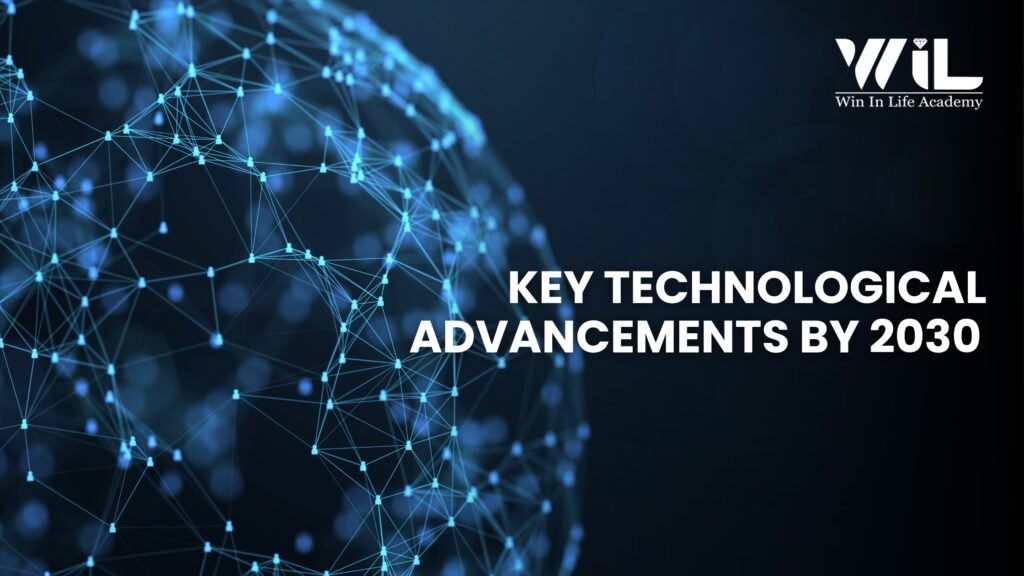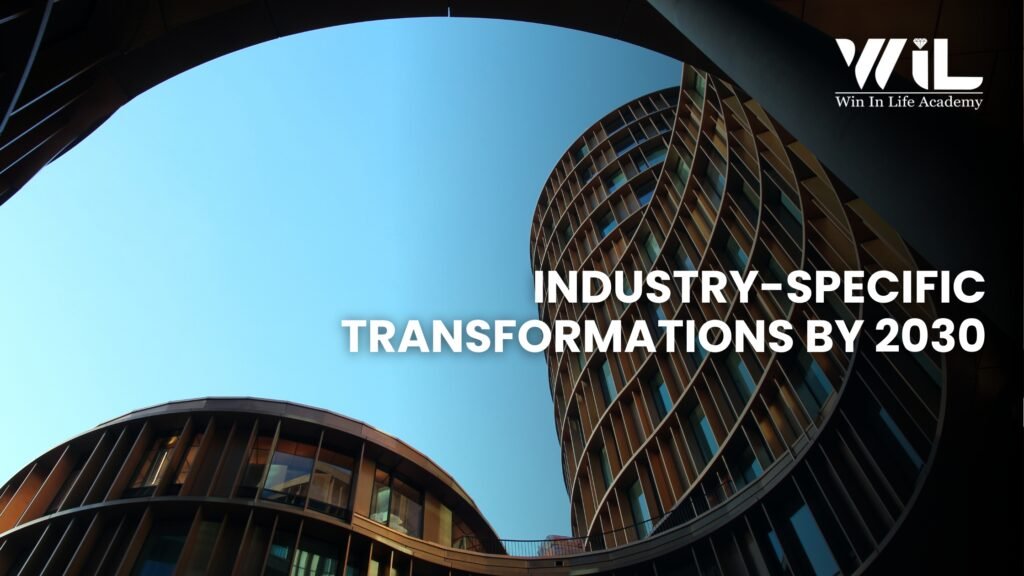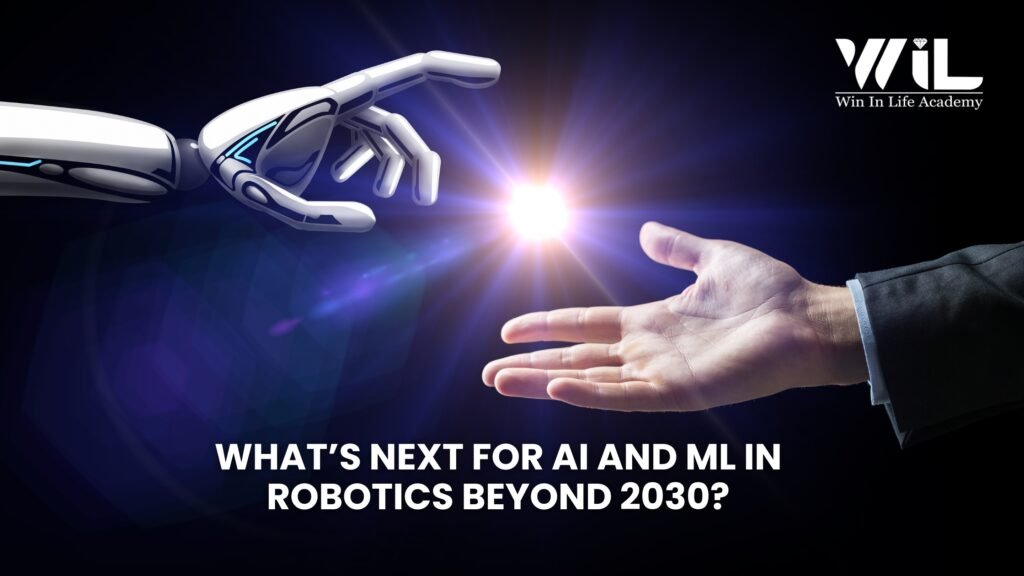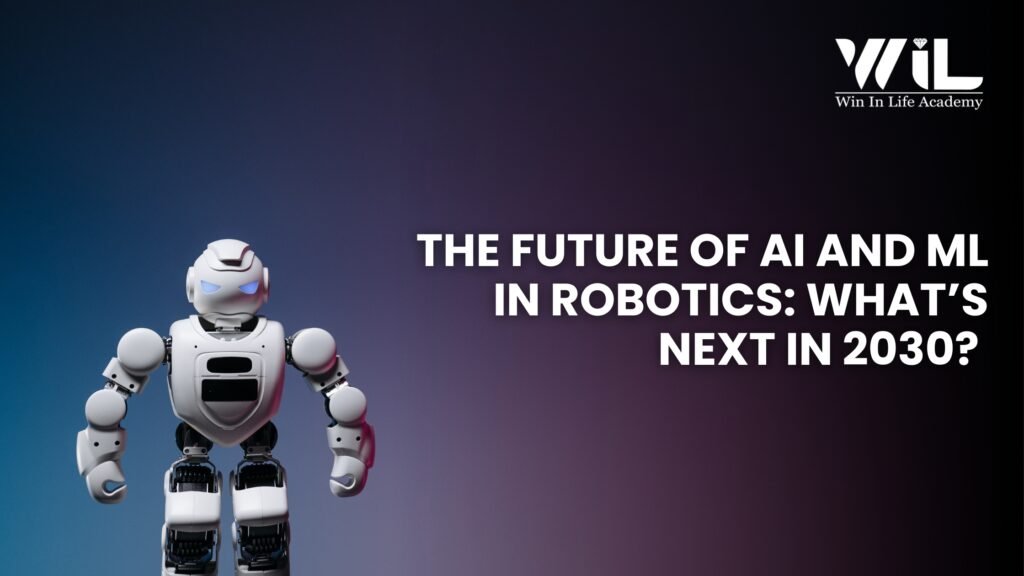Introduction
Artificial Intelligence (AI) and Machine Learning (ML) are rapidly transforming robotics, pushing the boundaries of automation, adaptability, and intelligence. Over the past decade, robotics AI and machine learning have seen remarkable advancements, from self-learning industrial robots to AI-powered humanoid assistants. As we look ahead to 2030, the future of AI ML robotics promises even more advanced applications, improved decision-making capabilities, and enhanced collaboration between humans and machines.
In this blog, we explore the evolving landscape of AI and ML in robotics, emerging trends, industry-specific advancements, and the ethical challenges of an AI-driven robotic future.
The Present State of AI and ML in Robotics
AI and ML in robotics have already revolutionized multiple industries, from healthcare to manufacturing and autonomous vehicles. Today’s robots leverage ML algorithms for pattern recognition, predictive analysis, and autonomous decision-making.
Key Applications of AI ML Robotics Today:
- Industrial Automation: AI-driven robotic arms simplify assembly lines and quality control in manufacturing.
- Healthcare Robotics: AI-powered surgical robots perform precision operations, and robotic assistants support patient care.
- Autonomous Vehicles: Self-driving cars and drones use ML for navigation and obstacle detection.
- Service and Retail: AI-powered chatbots, humanoid assistants, and robotic kiosks enhance customer experiences.
Despite these advancements, current robotic AI and machine learning applications still have limitations, including adaptability challenges, dependence on structured environments, and ethical concerns regarding data privacy and bias.
Key Technological Advancements by 2030

By 2030, AI and ML future developments in robotics will focus on greater autonomy, efficiency, and human-like adaptability. Below are some transformative innovations expected in the coming years.
- General-Purpose AI-Powered Robots
Unlike today’s task-specific robots, future AI and ML in robotics will enable machines to perform multiple functions across industries. General-purpose AI robots will seamlessly switch between roles, making them valuable assets in workplaces and homes. - Edge AI and On-Device Machine Learning
Currently, most AI-driven robots rely on cloud-based processing. By 2030, advancements in Edge AI will allow robots to process data in real time without internet dependency. This will:- Reduce latency and response time.
- Improve security by minimizing cloud reliance.
- Enhance robots’ ability to function in remote or unstable network conditions.
- Enhanced Computer Vision and Sensor Technology
AI-powered robotic vision systems will advance, allowing machines to:- Recognize complex objects with greater precision.
- Adapt to unpredictable environments (e.g., self-navigating warehouse robots).
- Improve facial recognition and emotion detection for social robots.
- Self-Learning and Reinforcement Learning in Robotics
By 2030, AI ML robotics will integrate advanced reinforcement learning, enabling robots to:- Learn from past experiences and adapt to new situations autonomously.
- Improve their problem-solving skills without human intervention.
- Make real-time adjustments in dynamic environments (e.g., AI-driven robotic surgeons adapting during operations).
Enroll for: PG in AI & ML
Industry-Specific Transformations by 2030

The integration of ML and robotics will significantly impact diverse industries, shaping the way businesses and consumers interact with intelligent machines.
- AI-Powered Robotics in Healthcare
Artificial General Intelligence (AGI) will offer robotic diagnostic tools, capable of reasoning, and making decisions like human doctors and mitigating the human error rates. Healthcare robotics AI and machine learning will continue to advance, leading to:- Fully Autonomous Surgical Robots: AI-driven precision tools that can conduct surgeries with minimal human oversight.
- Elderly Care Robots: Emotionally intelligent robotic assistants that provide companionship and support.
- AI-Powered Prosthetics and Exoskeletons: Enhancing mobility for individuals with disabilities.
- Industrial Automation and Smart Factories
By 2030, AI and ML in robotics will enable:- Hyper-Efficient Smart Factories: AI-powered robots will optimize production processes in real time.
- Collaborative Robots: Robots that work alongside humans, learning and adjusting to their workflow.
- Self-Healing Machines: AI-driven predictive maintenance robots that identify and fix mechanical issues before failures occur.
- AI and ML in Autonomous Vehicles
Self-driving technology will evolve with AI ML robotics, leading to:- Safer and more reliable autonomous cars.
- AI-driven traffic management systems optimizing city mobility.
- Fully automated AI-powered delivery drones handling logistics.
- Humanoid Robots and Social AI
AI-powered humanoid robots will become more common in customer service, education, and entertainment.- AI Chatbots with Advanced Human Interaction Skills.
- Robotic Tutors: Personalized AI-powered teaching assistants.
- AI Companions: Robots with emotional intelligence for human interaction.
In 2024, the market size of artificial intelligence in robotics was estimated at USD 16.10 billion globally. Also, it’s expected to revenue forecast up to USD 124.77 billion in 2030. The compound annual growth rate (CAGR) of 38% from 2024 to 2030.
Ethical and Societal Challenges of AI-Driven Robotics
As AI and ML future developments shape robotics, ethical considerations will become increasingly important.
- AI Robots and Job Displacement
One of the biggest concerns regarding robotics AI and machine learning is job automation. While AI-powered robots will replace some manual jobs, they will also create new opportunities in AI supervision, robot training, and maintenance. - Ethical AI and Bias in Robotics
AI ML robotics must address issues of algorithmic bias and ethical decision-making to ensure fair and unbiased robotic actions.- Transparent AI Algorithms: Ensuring AI decision-making processes are understandable.
- Regulatory Compliance: Governments enforcing ethical AI development.
- Human-Robot Collaboration and Trust
As ML and robotics become more integrated into daily life, human-robot collaboration will need:- Ethical guidelines for robot autonomy.
- Safety protocols for AI-powered robots in workplaces.
- User-friendly AI interfaces to improve human trust and adoption.
Read our blog post on Implementing AI: India’s Bold Five-Year Vision for a Smarter Future
What’s Next for AI and ML in Robotics Beyond 2030?

Looking beyond 2030, the AI and ML future in robotics may bring even more revolutionary changes:
- Swarm Robotics: AI-driven robotic teams working collectively for large-scale operations.
- AI-Powered Space Exploration Robots: Enhanced robotic explorers for deep space missions.
- Quantum AI in Robotics: Using quantum computing to enhance robotic intelligence exponentially.
Conclusion
The future of AI and ML in robotics is refined to transform industries and human-robot interactions. By 2030, AI-powered robots will become more autonomous, intelligent, and emotionally aware, driving innovation across healthcare, manufacturing, transportation, and social assistance. However, addressing ethical concerns and ensuring responsible AI development will be crucial.
As AI ML robotics continues to evolve, businesses and individuals must stay informed and adapt to this technological revolution. The coming decade will be a defining period for AI and ML future advancements in robotics, unlocking new possibilities and transforming the way we live and work.
To stay ahead in the world of AI and robotics, visit Win in Life Academy for expert insights, courses, and industry-leading resources. Equip yourself with the knowledge and skills needed to thrive in an AI-driven future!

Written by Mukeshkanna
A content writer with experience in SEO, blogs, proofreading, and web content creation, specializing in B2B writing. With a background in engineering and an MBA, bringing analytical skills and creativity to craft engaging and strategic content.






“I agree with your points, very insightful!”
Thank you!